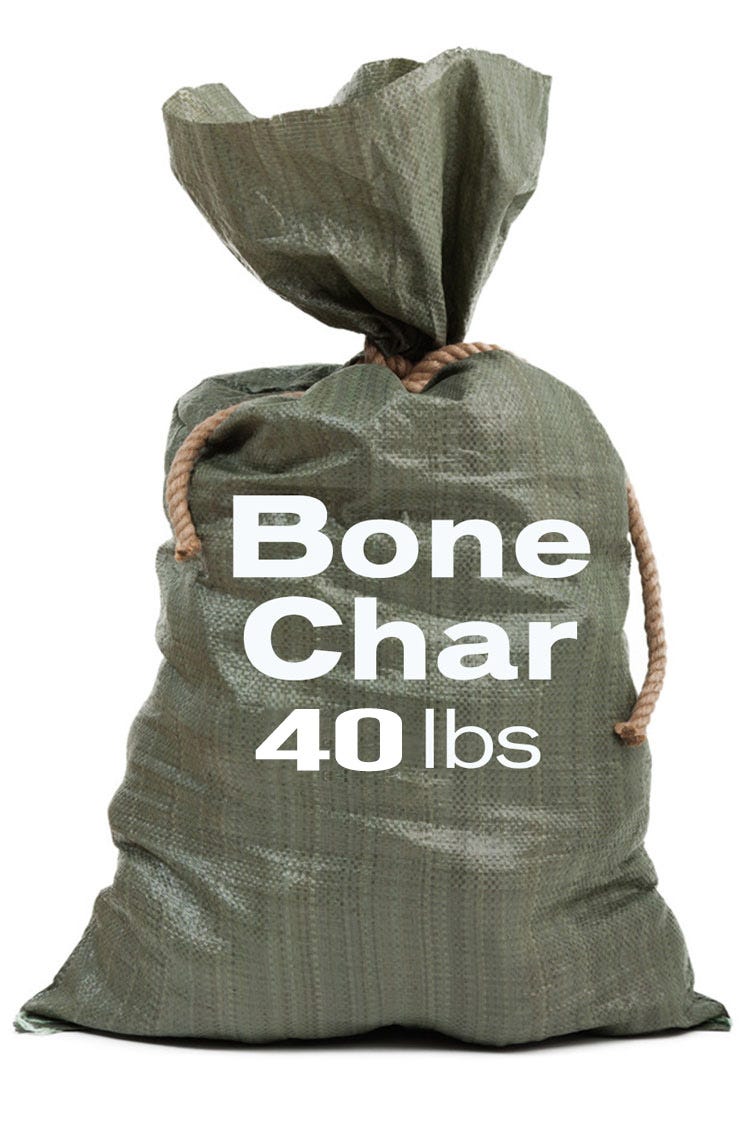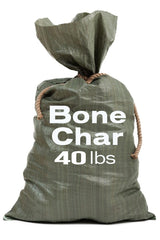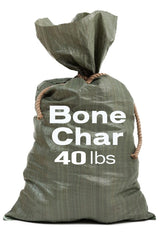SIGN UP FOR OUR NEWSLETTER
Receive our latest updates about our products & promotions.

Save Up to 50% with Factory Direct Pricing
Plus an additional 20% - 25% Off Select Systems!




Order by 12 PM EST and this system will be on its way the very next day.
Free standard shipping on most products over $199.
Free shipping on most products over $199. Freight orders excluded. Speak to a water expert for more details.
Our Master Water Specialists and Certified Water Specialists review your water analysis and address your specific water problems. WE then design a system that we'll guarantee will solve your water problem(s) and back it with our One-Year Money Back Promise (Guarantee).
It all starts with a Laboratory Test of your water. Then, our Master Water Specialists and Certified Water Specialists will review the results of your water analysis and scientifically discuss the best way to treat your water, provide on estimate of how to do that, and then we provide you a One-Year Guarantee of Satisfaction. It's our Promise to You that our system will do what we say or we will give you your money back*
Packed in a 40 pound bag - Approximately 1 cubic foot bone char carbon is a unique carbonaceous adsorbent manufactured from the treatment and carbonization of selected grades of animal bone and is used for liquid phase filtration to remove organic and inorganic species such as color bodies and many heavy metals. Bone char is different from activated carbon in that it contains both carbon surface area and hydroxyapatite lattice surface area.
Bone char is produced by the calculation or "dry distillation" of cattle bones at temperatures approaching 1000°C in the absence of oxygen. The material consists primarily of apatite II (hydroxyapatite) and approximately 10% elemental carbon with some carbonate arising from the formation of CaO during the ashing process and subsequent reaction with atmospheric CO2. Uptake of contaminants can occur via three processes. Firstly, species can become incorporated within the hydroxyapatite lattice substituting for Ca or CO3. Secondly, species can interact with reactive groups on the surface of either carbon or hydroxyapatite (Physisorption and Chemisorption). Lastly free phosphate can form stable compounds with contaminates leading to their precipitation. The material has found applications in the sugar and water purification industries as a cost effective and efficient means of removing trace impurities. The material has been shown to have a high adsorption capacity for a wide range of inorganic and organic contaminants including heavy metals. Bone char has also been used in the removal of radioisotopes from water. Bone Char is especially effective in removing radioactive particles, arsenic and THM's from the water as well as fluoride.
Quantity Discounts Available

Receive our latest updates about our products & promotions.
Thanks for subscribing!
This email has been registered!